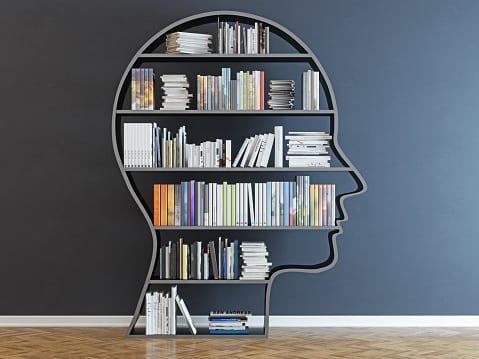
Books Used in American Schools
Books used in American schools have long been important in shaping the way children learn. As part of the broader effort to create uniformity, textbooks have also helped shape the language students learn. These texts often have a conversational style and have included a woodcut frontispiece and four or five small wood engravings. For example, The Ant or the Grasshopper? includes Morse’s evaluations of people from different sections of the nation.
The Big Box
The Big Box of books used in American schools contains a wide variety of materials. For example, one typical school textbook contains a general narrative, with sidebars highlighting biographies of prominent individuals or events, social issues, or historical trends. Other materials, such as computer software, may be included if they have ancillary value to the classroom. These materials may also be considered goody boxes.
Some books in the Big Box have drawn fire in different parts of the country. In at least 14 states, “All Boys Aren’t Blue” has been targeted for removal. Often, these objections stem from social media. A number of parents have posted spreadsheets or Google docs listing objectionable titles on Facebook. Librarians report that parents frequently ask their school libraries about these controversial titles. A recent campaign to ban “All Boys Aren’t Blue” in Tennessee’s McMinn County Public Schools was the culmination of this.
The Bluest Eye
The American school system is facing challenges over the use of the controversial book, “The Bluest Eye.” Some states are challenging the book in their curriculum. Montgomery County, Maryland, Baker City, Oregon, and Claremont, New Hampshire are among the states that have banned the book. A committee in Adams County, Colorado has also voted against the book. In Michigan, however, it has been approved by the Board of Education.
The Bluest Eye is an important book in American education because it deals with race, class, and gender, and provides a critical and provocative lens to address these issues. Morrison makes use of the color blue as a symbol, using it in the title and the italicized portion of page 115. Its literary function is apparent, but its storytelling potential is often overlooked. The novel is a compelling read for students and teachers.
The Bluest Eye is a novel by Toni Morrison that is not for the faint of heart. It’s a fictional story of a poor Black girl who wishes she had blue eyes, the standard of white beauty. Pecola is raped by her father, gets pregnant, and miscarries the child. By the end of the book, Pecola Breedlove seems insane. The book is controversial enough that Sen. Brecheen’s reading of one paragraph from the book taken out of context. The author described a scene as “miserably graphic” for the sexual content.
The Ant or the Grasshopper?
The Ant or the Grasshopper is one of Aesop’s fables. This fable also known as “The Grasshopper and the Ant”, and numbered 373 in the Perry Index. This classic story is about a grasshopper that is starving and begging an ant for food. When winter arrives, the grasshopper can’t find any food and is desperate to get it from the ant.
Whether you’re an ant or a grasshopper, this timeless story has a universal message. Both creatures enjoy the power of music and art, and the ant is a master at it. But which is the better ant? In the story, the Ant is the more devoted ant, while the Grasshopper is a poor Grasshopper.
In Aesop’s fable, the grasshopper is more successful than the ant, because he is a bit more fun-loving. While the ants were busy storing up food for winter, the Grasshopper was famished. He begged the ants for a bite of food, but the ants shook their heads in disgust and turned away from him.


Comments (0)